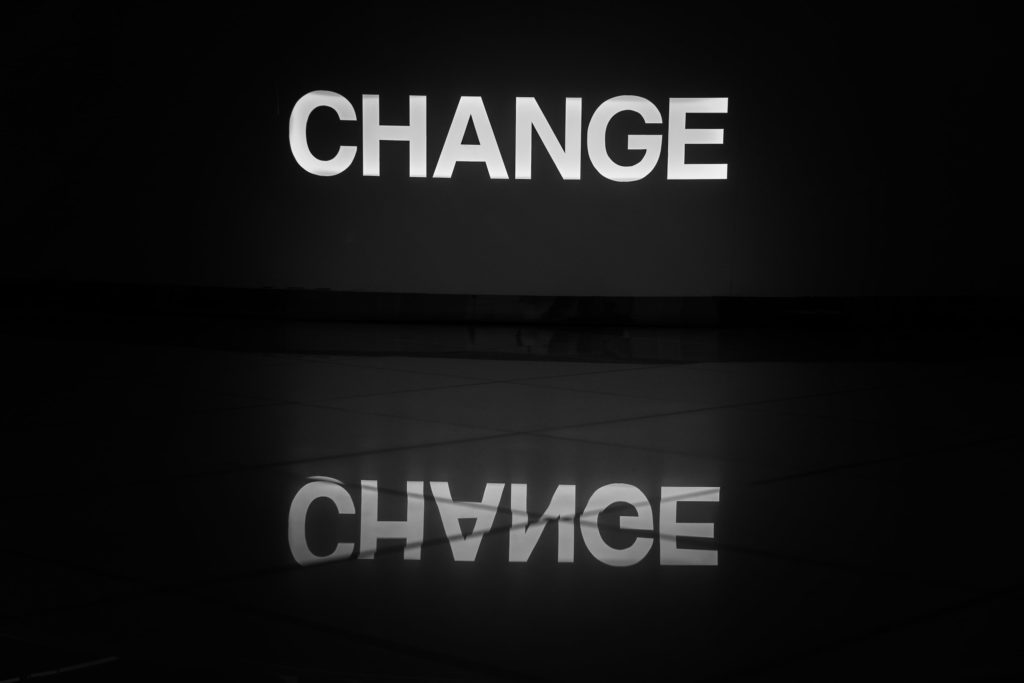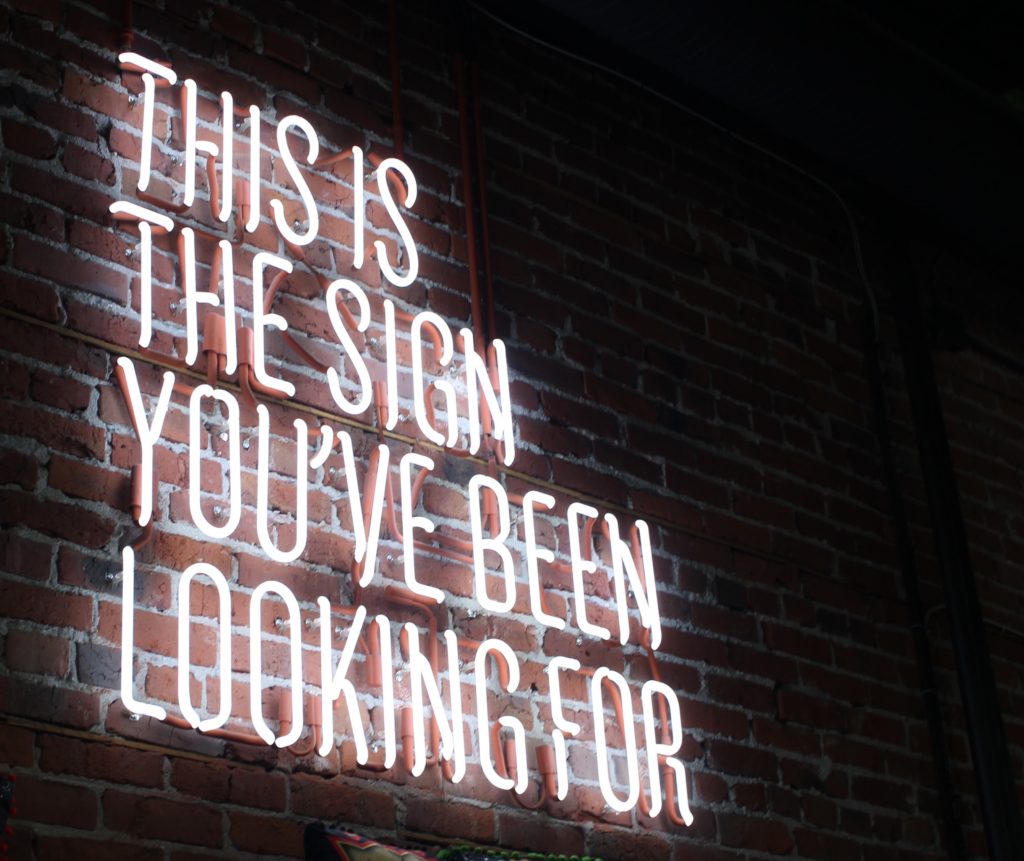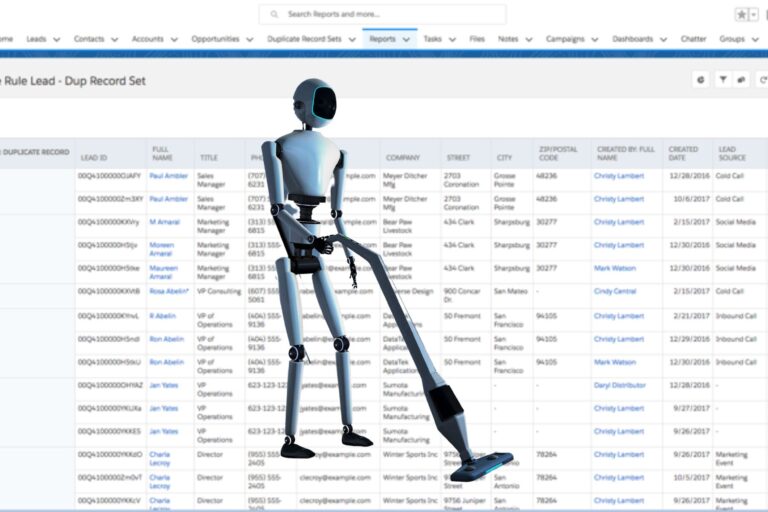Digital transformation is a huge buzzword in business today, but digital transformation is far from a new, novel concept. Approximately 50 years ago, at the dawn of the Information Age, businesses — manufacturers in particular — began turning to digitizing manual processes to improve efficiency and increase productivity.
Those who have been around the block once or twice will undoubtedly remember, of course, digitization sweeping into enterprise resource planning in the 1980s, followed by customer relationship management in the 1990s.
Mature, legacy businesses have already gone through a digital transformation. And, of course, new businesses were born of the digital age. So, why all the digital transformation buzz?
Well, it’s because technology keeps evolving, and our global markets continue to change dramatically. Plus, as powerful new technologies have fallen into the hands of consumers, it’s proven that the digital transformation of yesteryear — of, literally, just a few years ago — isn’t ideal, isn’t working and needs to be revamped.
And, it’s here where digital transformation meets the revenue tech stack.
What is digital transformation?
Using a definition put forth by Salesforce, digital transformation is “the process of using digital technologies to create new — or modify existing — business processes, culture, and customer experiences to meet changing business and market requirements.”
Digital transformation is the reimagination of business in the digital age. As such, digital transformation transcends any one function. At its heart, digital transformation centers on how a business engages and interacts with its customers.
Customers, however, have changed and are continuing to change. The trick behind effective digital transformation now is to prevent lagging behind customers in their quest for world-class customer service. Ideally, a business transforms and leaps ahead of customers, positioning itself as ready, willing and able as customers catch up. Businesses that lag behind, however, run the risk of losing customers and competing at a definitive disadvantage.
The Challenge in Digitally Transforming the Customer Experience
Technology has empowered customers like never before. While digital transformation started decades ago in the B2B space, the B2C sector has led the way in recent years.
B2C shopping journeys have transformed dramatically. Shoppers are clearly in charge of their shopping experience, and they have shown they have little tolerance for brands that don’t “get” them.
If the B2C shopping journey has even the slightest hiccup or friction point, shoppers are empowered and enabled to immediately seek remedy elsewhere. They’ll stop one journey and begin a new one, with a new brand, as quick as a New York minute.

And, you know what? B2C shoppers are bringing their customer experience expectations to their jobs, where they are B2B buyers. It’s precisely here where B2B sellers face an important digital transformation challenge.
B2B Buyers Have Outpaced B2B Sellers in Their Buying Journeys
B2B buying journeys have transformed tremendously in the past few years. Trending digital for the better part of a decade, B2B buying journeys are now firmly established in the digital sphere, buyer initiated and buyer controlled.
Empowered like their B2C counterparts, B2B buyers have access to an unprecedented amount of data at every step of their buying journey, including industry intelligence, competitive breakdowns, customer reviews and referral customers.
With empowerment comes B2B buyer education. In fact, it’s not completely uncommon for a B2B buyer to know more about a product, service or solution than potential vendor’s own representatives.
Then, there’s experience and associated relatability. Most B2B buyers have bought multiple products or solutions; most seller representatives haven’t bought any.
I’m picking a bit on representatives here, I know. But, reps are just one of many branded touchpoints along a customer’s buying journey. They are indicative, however, of just how divergent customers’ new buying journeys have become from established B2B selling processes.
New Buyer Journeys Dictate New Selling Processes
Today’s buyer journey is taking B2B buyers in one direction, while sellers’ selling processes are moving in the other direction. It’s a situation that eventually spells doom for B2B sellers unwilling to change. B2C brands have shown the way: Either adapt to your shopper/buyer and make it easy, enjoyable and even fun to transact, or be beaten to the sale by your competitors.
B2B digital transformation begins with mapping processes to support and further empower buyers, facilitating their buying journey. To effectively serve the needs of customers though, the revenue tech stack, once the darling of digital transformation executives, needs an overhaul.
Connected RevTech Stacks Built Around the Customer Journey
RevTech stacks are great at supporting B2B selling processes. However, they’re misaligned with self-directed, digital-first buying journeys. It’s going to take concerted digital transformation initiatives to nudge the tech stack back in step with buyers.
First off, there needs to be a B2B cultural change. The purpose of the revenue tech stack is no longer to make it easy for sellers to sell. Rather, the new purpose of the RevTech stack is to make it easy for buyers to buy.
There’s a difference, and it’s important.
The modern revenue tech stack is fully connected, integrating best-in-class point solutions to support the buying journey. And, the tech stack starts the moment customers begin to leave data — all the buyer signals left behind — along each and every step of their buyer journeys.
RevTech solutions collect that buyer signal data, and the connected stack ensures the data is collated, analyzed, and made transparent, readily accessible and available across the revenue team and, in turn, to buyers themselves.
Buyer signal management is the first critical competency of the modern revenue orchestration process. Through the signal management process, high priority, high value and time sensitive buyer signals are surfaced for immediate action and customer engagement.
With surfaced buyer signals in hand, the revenue tech stack then empowers B2B sellers to meet customers at the next step of the buyer journey. Sellers no longer lag behind, nor are they frozen in time, forcing outdated selling processes upon their prospective future customers.
A New Era of B2B Sales & Marketing
B2B buyers have changed their buyer journeys, and as such, they’re ushering in a new era of B2B selling. With customer experience as a clear North Star goal, sellers have no option other than to adapt and evolve.
Marketers and sellers are now tasked with facilitating the digital-first buyer journey. Digital transformation executives everywhere are now focused on recreating the connected RevTech stack to allow sellers and buyers to collaborate together to move buyer journeys forward.
It’s what’s good for customers. And, in the long term, it’s good for business.












